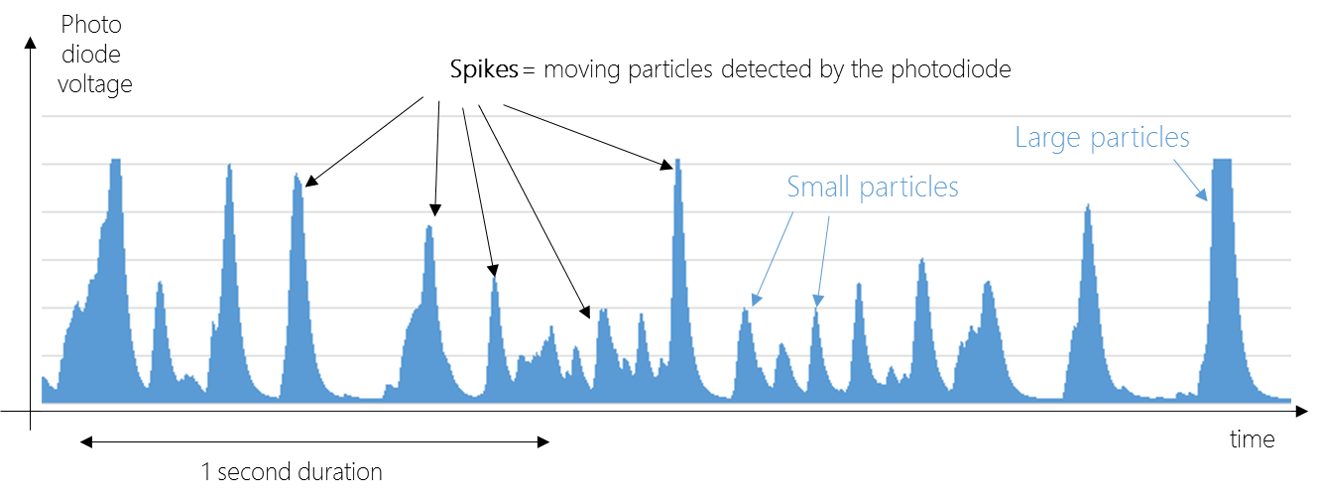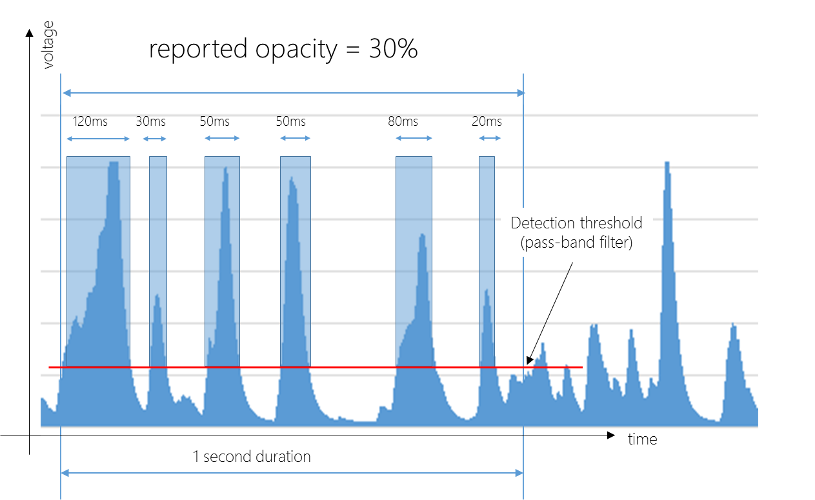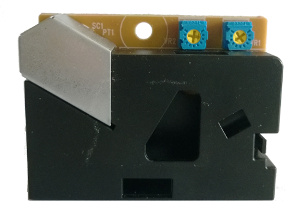Compartilhar: aqicn.org/sensor/shinyei/pt/
For a complete list of all the Air Quality Sensors test on the World Air Quality Index project, check our sensor overview page. Introduction
For more information about those real-time dylos and BAM monitor PM2.5 and PM10 readings, please refer to our article on the Dylos Air Particule Counter experimentation.
If you want to know about other affordarable Air Quality Sensors such as Shinyei and Samyoung, check our sensor overview page.
Are cheap low-cost air quality sensor really worth?
This objective of this experiement is to provide empiral data about the quality of those sensor, e.g. can they be used to acurately measure Air Quality, especially for outdoor data and polluted countries.
There are many research papers on this topic. The one most up-to-date at the time of writing is from David Holstius. Check it online here: field calibrations of a low cost aerosol sensor ( research paper).
Inside the low-cost sensor
The Dylos monitor works by counting individual particles, and classifying them by size (smaller than 0.5 and smaller than 2.5). By doing so, it is able to provide accurate values about the exact amount of dust particles in the air. And by knowing the typical "dust" type that is being measured, is it somewhat straight forward to deduct the total mass of particles.
The low-cost sensor, on the contrary, are not counting individual particles, but instead, counting the amount of time particles are detected by the photo diode sensor. The graph below represents how the Shinyei is "calculating" the air quality: First, it applies a pass band filter to remove very small particles or noise, which is represented by the red line. Then, independently of the intensity (or particle size), it counts the amount of time any particle is seen. This amount of time, also called "Low Pulse Occupancy" (LPO), can be considered as the "opacity percentage" of the air circulating through the sensor. In order to measure the LPO for different particles sizes, the sensor provide a variable input which allows to adjust the pass-band filter.

Shinyei PPD42NS raw diode reading (in volts)

Shinyei PPD42NS raw LPO reading (in occupancy)
Configuração do experimento
The low-cost particule counters used is this experiment are based on:
- Shinyei PPD 42NS particle sensor (reverse engineering spec from Tracy Allen)
- Samyoung DSM501 series particle sensor (data sheet)
- Dylos DC1100 Pro particule counter (project setup)
- Metone BAM-1020 Continuous Particulate Monitor (data sheet)
For the source code and hardware connectivity information, please refer to this page: aqicn.org/api/shinyei/.
Note (December 18th 2014): Due to a wrong setup, the data is from the Samyoung is currently not available - it will added again later. Also, this experiment has been updated to use both Shinyei output, which are supposed to be able to reflect small and large particles.
Dados em tempo real
Current Dylos readings are: Particules larger than 2.5 is -, larger than 0.5 is -, updated on - - (China time).
Current Shinyei readings are: LPO for particules larger than 1 is -, LPO for 2.5 is -, updated on - - (China time).
Time series graphs
--
Initial findings
--
For the list of all air quality sensors, check the Sensor Overview page
Read or publish comments (they rely on Disqus)



